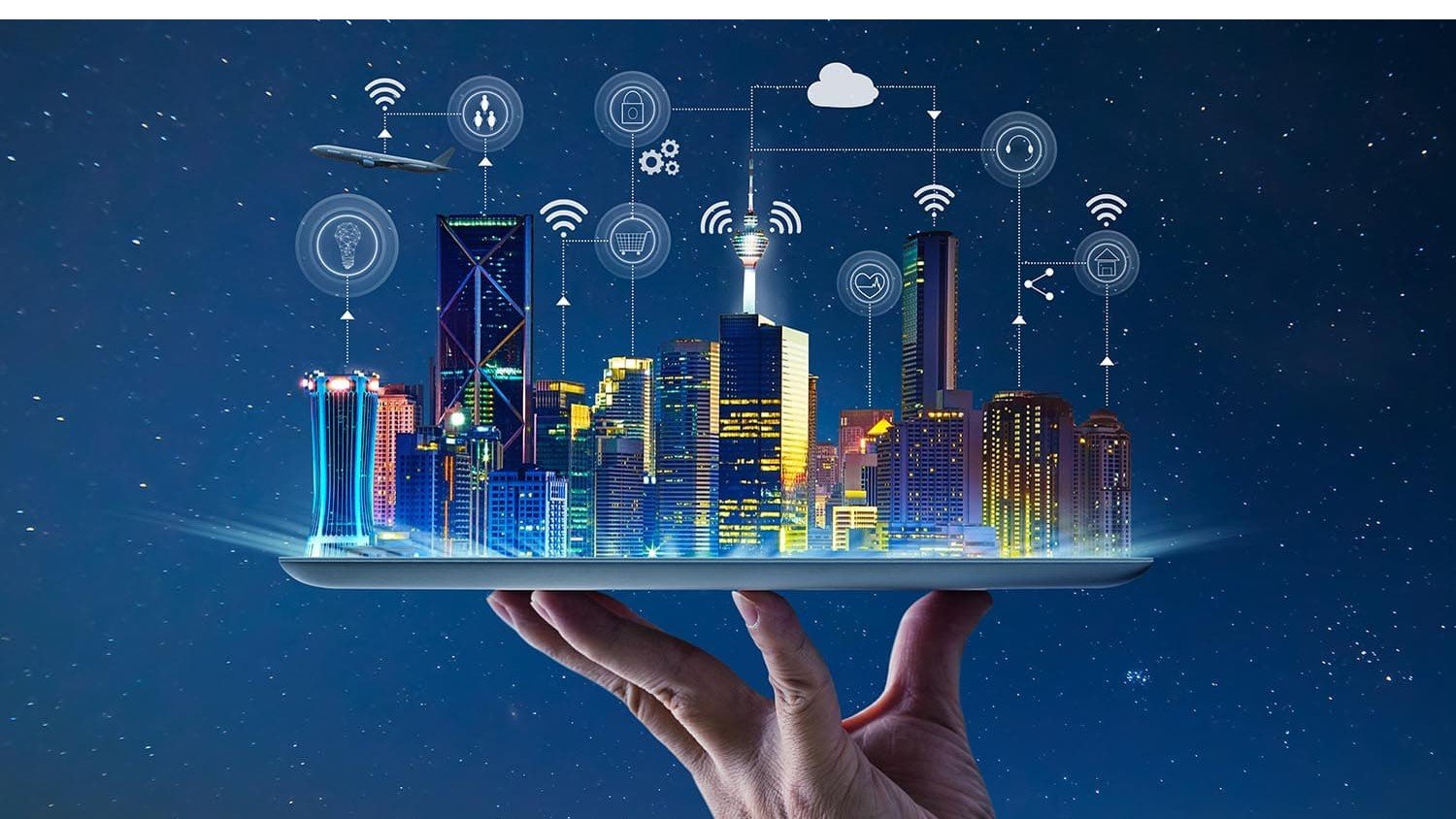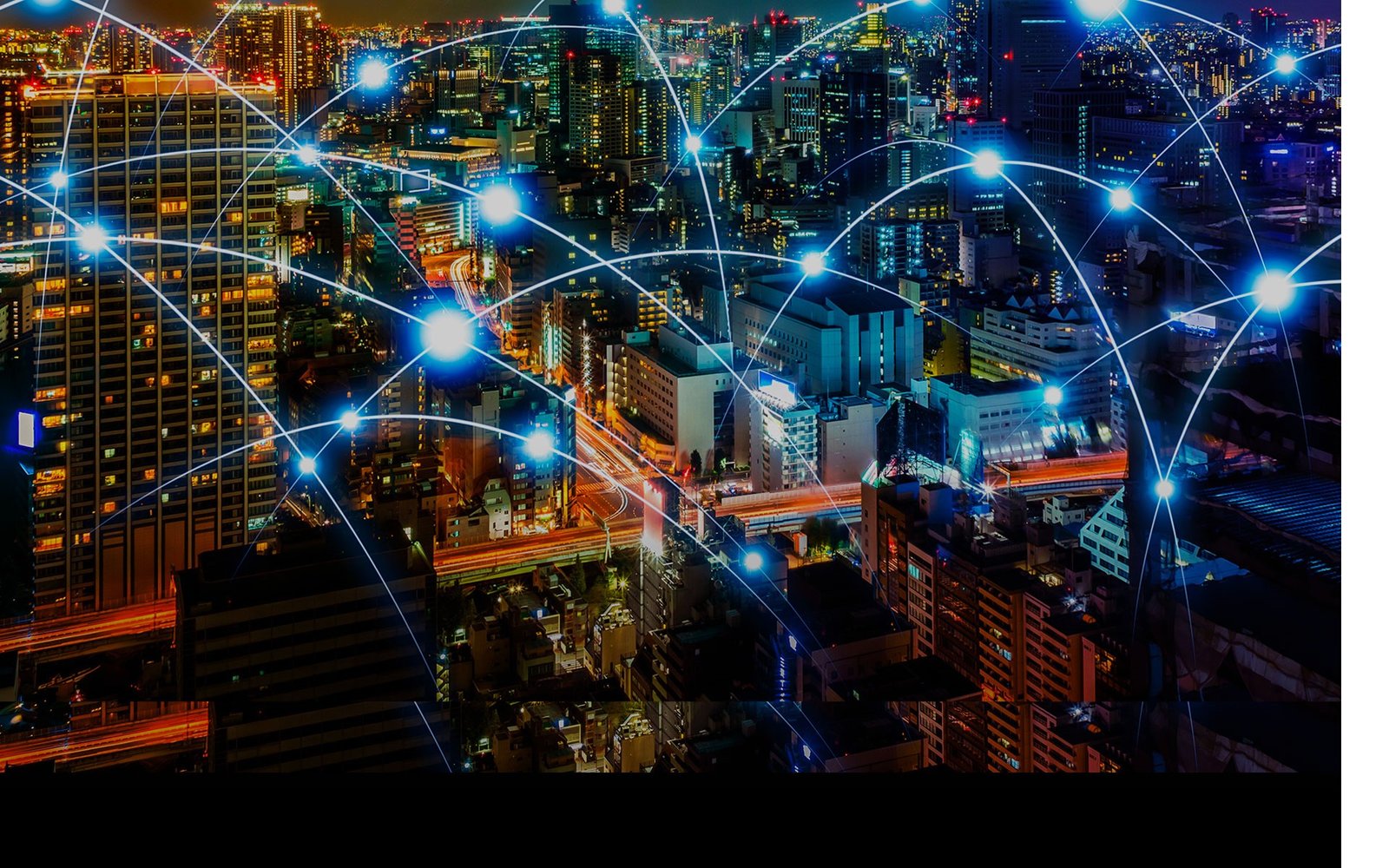How to Build a Smart City A Comprehensive Guide in 2023

In today’s rapidly evolving world, the concept of a smart city has gained significant traction. A smart city leverages technology and data-driven solutions to enhance urban living, sustainability, and efficiency. As we venture into 2023, the integration of advanced technologies into urban infrastructure has never been more relevant. This article delves into the intricacies of building a smart city, exploring key components, benefits, challenges, and the road ahead.
In a world undergoing rapid urbanization, the concept of smart cities has emerged as a beacon of progress. Smart cities integrate cutting-edge technologies to create efficient, sustainable, and livable urban spaces. This guide provides a comprehensive roadmap for building such cities in 2023 and beyond.
A Smart City
A smart city harnesses data and technology to optimize various aspects of urban life. From energy management to traffic control, smart cities use real-time information to enhance efficiency, reduce resource consumption, and improve the quality of life for residents.
Core Components of a Smart City
Smart Energy Management
One of the foundational pillars of a smart city is efficient energy management. Advanced monitoring systems, coupled with renewable energy sources, enable cities to optimize power distribution, reduce wastage, and lower carbon footprints.
Intelligent Transportation Systems
Smart cities revolutionize mobility through intelligent transportation systems. These systems incorporate real-time data to manage traffic flow, reduce congestion, and provide accessible and eco-friendly commuting options.
Connected Infrastructure and IoT
The Internet of Things (IoT) is instrumental in creating smart cities. By interconnecting devices and infrastructure, cities can monitor and manage utilities, waste collection, and public services in real time.
Efficient Waste Management
Smart cities prioritize waste management by deploying sensor-based containers and data analytics. This leads to optimized waste collection routes, reduced litter, and a cleaner urban environment.
Sustainable Urban Planning
Incorporating sustainability into urban planning is crucial. Smart cities adopt eco-friendly practices in designing green spaces, optimizing land use, and minimizing pollution.
Benefits of Smart Cities

Enhanced Quality of Life
Smart City enhance the well-being of residents by offering improved healthcare services, better education, and efficient public safety measures.
Improved Resource Management
Resource optimization is a hallmark of smart cities. Efficient water management, reduced energy consumption, and optimized transportation contribute to a sustainable future.
Increased Accessibility
Smart cities are designed to be inclusive. They provide accessible public transportation, digital services, and infrastructure tailored to the needs of all citizens.
Environmental Sustainability
By incorporating renewable energy sources and reducing carbon emissions, smart cities take significant strides toward environmental preservation.
Boosted Economic Growth
Smart cities stimulate economic growth by attracting investments, fostering innovation, and creating employment opportunities in the technology sector.
Challenges in Building Smart Cities
Privacy and Data Security
The extensive data collection in smart cities raises concerns about privacy breaches and data security. Striking a balance between data utilization and individual privacy is a critical challenge.
Digital Divide
Ensuring equal access to technology and digital services for all citizens is a persistent challenge. Bridging the digital divide requires comprehensive strategies and investments.
High Initial Costs
Implementing smart city infrastructure comes with substantial upfront costs. Balancing these expenses with long-term benefits requires careful financial planning.
Interoperability Issues
Integrating various technologies and systems from different vendors can result in interoperability challenges. Standardized protocols and interfaces are necessary to ensure seamless operations.
Community Engagement
Building a smart city requires active involvement from the community. Engaging citizens in the decision-making process ensures that the city’s development aligns with their needs and preferences.
The Role of Government and Private Sector
The successful realization of smart cities demands collaboration between the public and private sectors. Governments provide the regulatory framework and funding, while the private sector contributes innovative solutions and expertise.
Technological Innovations Driving Smart Cities
5G Connectivity
The rollout of 5G networks is pivotal for smart cities, enabling real-time communication between devices, sensors, and infrastructure.
Artificial Intelligence
AI-driven analytics and automation empower cities to make data-driven decisions, optimize resource allocation, and enhance citizen services.
Renewable Energy Integration
Smart cities prioritize clean energy integration, utilizing solar panels, wind turbines, and other renewable sources to reduce dependency on fossil fuels.
Smart Mobility Solutions
Electric and autonomous vehicles, along with intelligent traffic management, transform urban mobility by reducing congestion and emissions.
Steps to Build a Smart City
Assessment and Planning
Thorough assessment of the city’s needs and existing infrastructure sets the stage for effective planning.
Infrastructure Development
Building the necessary physical and digital infrastructure forms the backbone of a smart city.
Data Collection and Analysis
Gathering and analyzing data from various sources helps city planners make informed decisions.
Technology Implementation
Integrating advanced technologies requires meticulous planning and execution to ensure optimal functionality.
Monitoring and Adaptation
Continuous monitoring allows for adjustments and improvements based on real-time data and feedback.
Case Studies of Successful Smart Cities
Singapore
Singapore’s data-driven approach has led to efficient traffic management, sustainable water usage, and smart governance.
Barcelona
Barcelona’s emphasis on citizen participation has resulted in smart waste management and enhanced public services.
Copenhagen
Copenhagen’s commitment to renewable energy, cycling infrastructure, and eco-friendly urban planning sets a benchmark for sustainability.
The Future of Smart Cities

The future holds immense potential for smart cities, with advancements in AI, sustainable technologies, and citizen-centric urban planning.
Sustainable Infrastructure
One of the primary focuses of smart cities in 2023 is sustainable infrastructure. The integration of renewable energy sources, efficient waste management systems, and eco-friendly building materials are central to reducing the carbon footprint of cities.
Data-Driven Decision Making
With the proliferation of sensors and data collection systems, cities are harnessing large volumes of data to make informed decisions. This data-driven approach extends to areas such as traffic management, waste disposal, and resource allocation, ultimately leading to more efficient and responsive urban operations.
Urban Mobility Revolution
The future of smart cities is intricately linked to urban mobility. In 2023, we’re witnessing the rise of electric and autonomous vehicles, shared mobility services, and improved public transportation systems that reduce congestion and promote sustainable commuting options.
Enhanced Energy Management
Smart cities are pioneering new methods of energy management. From smart grids that optimize energy distribution to intelligent lighting systems that adjust based on real-time conditions, these innovations are reducing energy consumption and promoting greener living.
IoT Integration and Connectivity
The Internet of Things (IoT) is the backbone of smart cities. Devices, sensors, and infrastructure are interconnected, enabling real-time monitoring and control of urban processes. This connectivity enhances efficiency, safety, and overall quality of life.
Improved Quality of Life
Ultimately, the goal of smart cities is to improve the quality of life for residents. Through smart healthcare systems, education platforms, and community engagement tools, cities are creating environments that cater to the well-being and happiness of their citizens.
Smart Governance
Governments are embracing technology to deliver services more effectively. E-governance platforms and digital citizen participation mechanisms are fostering transparency, inclusivity, and efficient administration.
Resilience and Disaster Management
Smart cities are bolstering their resilience in the face of natural disasters and unforeseen events. Advanced monitoring systems, early warning mechanisms, and coordinated response strategies are enhancing cities’ ability to handle emergencies.
The Role of Artificial Intelligence
Artificial Intelligence (AI) is a driving force behind smart cities. AI-powered systems analyze data, predict trends, and optimize operations across various sectors, from transportation to healthcare.
Cybersecurity Challenges
As smart cities rely heavily on interconnected systems, the issue of cybersecurity becomes paramount. Protecting sensitive data and critical infrastructure from cyber threats is a constant challenge that cities must address.
Ethical Considerations
As technology pervades urban life, ethical considerations come to the forefront. Balancing data privacy, surveillance, and equitable access to technology poses important questions for the development of smart cities.
Collaborative Innovation
Smart cities thrive on collaboration between governments, businesses, and citizens. Open innovation platforms encourage the sharing of ideas, fostering a culture of co-creation that leads to innovative urban solutions.
Funding and Investment Trends

Investments in smart city initiatives continue to grow, driven by the potential for improved efficiency and sustainability. Public-private partnerships and innovative funding models are shaping the financial landscape of smart cities.
Conclusion
As we navigate the complexities of urban growth, building smart cities offers a promising path. By harnessing technology, fostering innovation, and prioritizing sustainability, cities can create a better future for their residents.
Read more : Top 10 ESET NOD32 Antivirus VS VPN Unlimited 2023
FAQs
How can a city transition to becoming smart?
The transition involves assessing existing infrastructure, identifying key areas for improvement, and gradually integrating smart technologies.
Are smart cities only for large metropolitan areas?
Smart city concepts can be adapted to various scales of urban environments, from large cities to smaller towns.
What role do citizens play in smart city development?
Citizen involvement is crucial for shaping a smart city’s development, ensuring it aligns with their needs and preferences.
How are privacy concerns addressed in smart cities?
Privacy concerns are addressed through strict data protection regulations, encryption, and transparent data usage policies.
What are the economic benefits of building a smart city?
Smart cities attract investments, foster innovation, and create employment opportunities in the technology sector, contributing to economic growth.
Read more : Best 20 Budget-Friendly Countries to Visit in the World 2023








One Comment